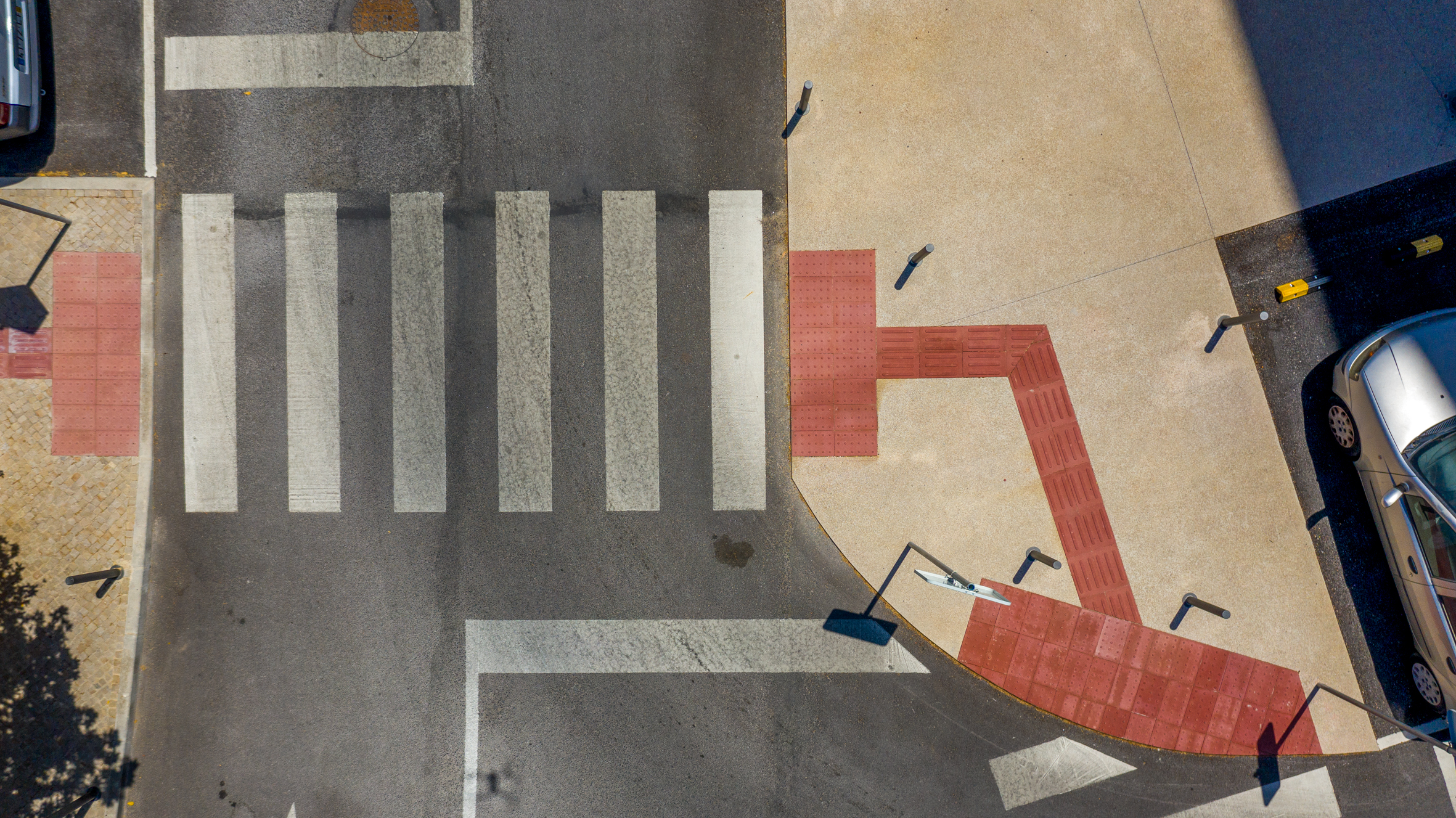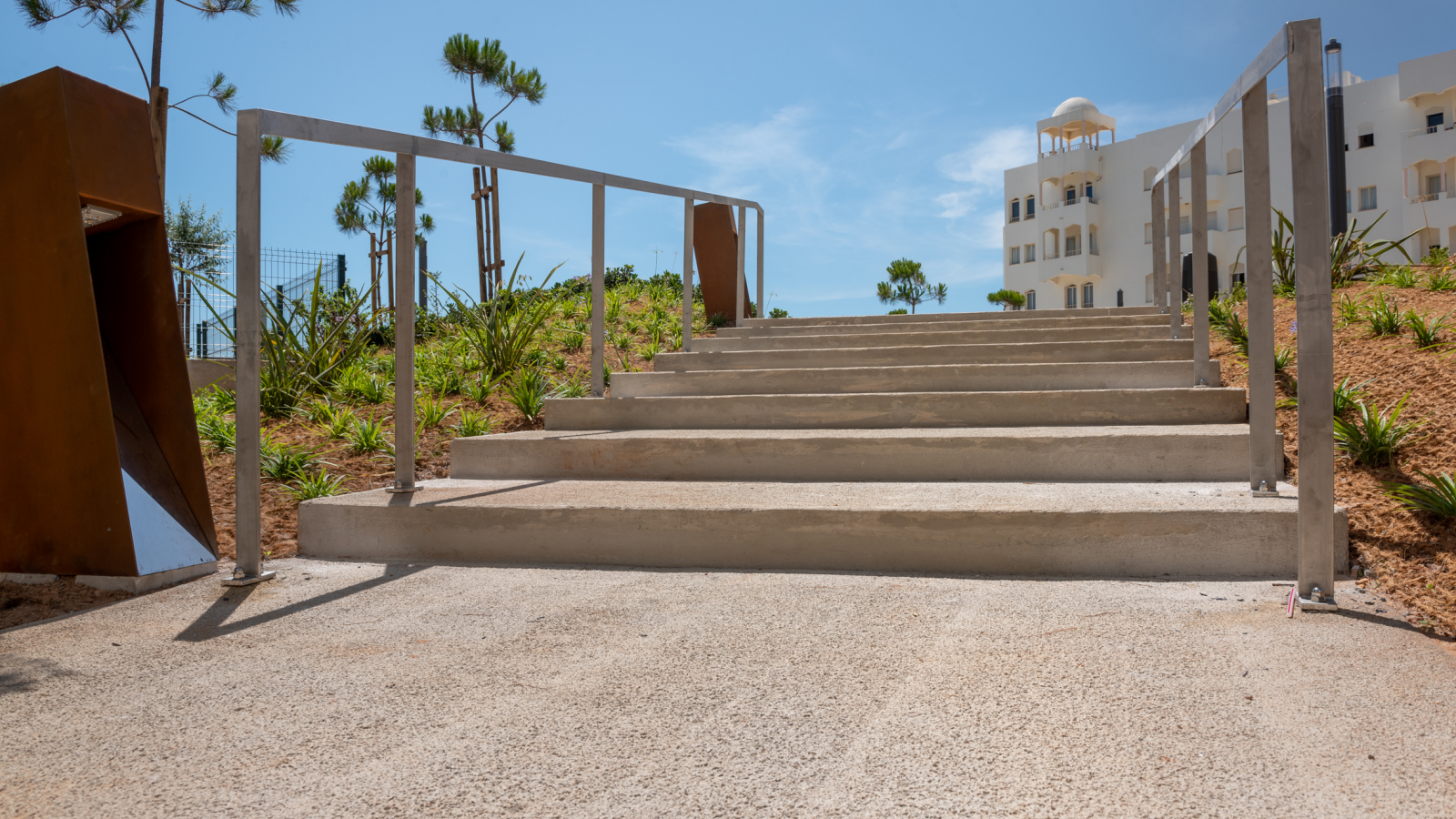Porous concrete is permeable, letting the water flow and reach the ground, being very useful in draining rainwater, especially in times of intense rain that cause flooding.
With porous concrete, the water passes through the concrete and reaches the water table, avoiding floods. The water flowing through the concrete also serves as a source of irrigation in plants and gardens.
This concrete allows water to drain, reducing the possibility of hydroplaning and the "spray" phenomenon caused by vehicle wheels.
The thickness of the layer to be used on floors is determined by two factors:
- Hydraulic properties - permeability and void volume;
- Mechanical properties - tensile strength in flexion and compression and in the elasticity module.
However, porous concrete is not suitable for all construction applications due to its characteristics.
features
- Pavements on roads with low traffic volume, base and sub-base of pavements for conventional concrete coverings, drainage ditches for low water volume;
- Parking, loading yards;
- Pavements on roads with low traffic volume, base and sub-base of pavements for conventional concrete coverings, drainage ditches for low water volume;
- Parking, loading yards;
- Bike paths, sidewalks;
- Slope stabilization;
- Hydraulic structures;
- Pool surround area;
- Acoustic barriers.




Add a Comment